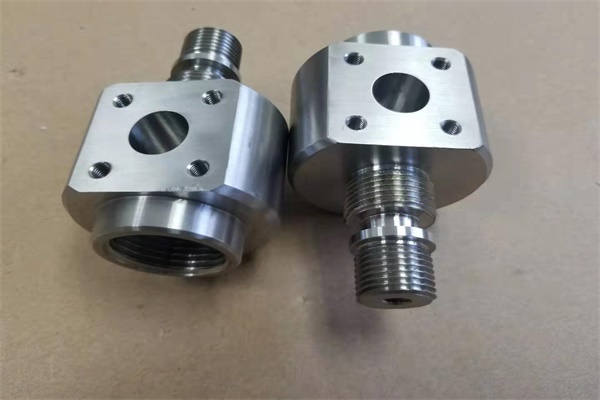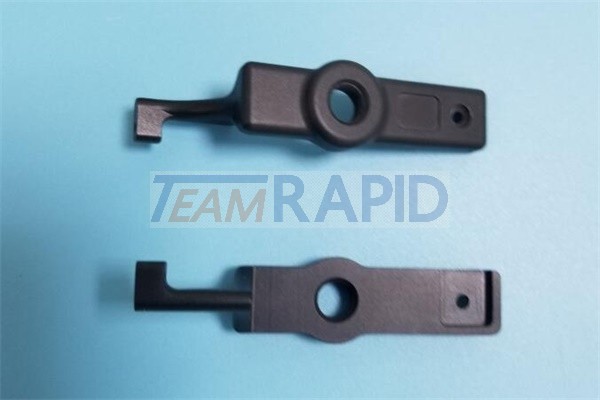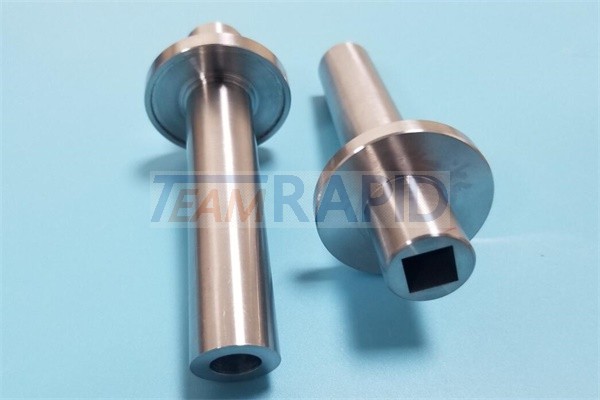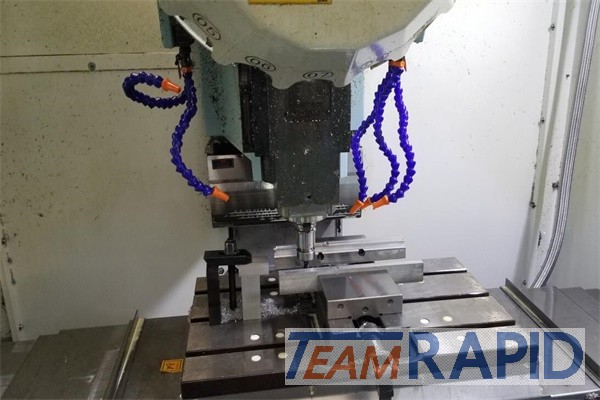CNC turning uses lathe cutting tools on the moving material workpiece to shape the workpiece according to the design blueprint. Different lathe tools are available to provide varying shapes and features for the material workpiece. You can also program the lathe tools to perform different types of turning operations based on your project requirements.
Table of Contents
Primary Types of Turning Operations
CNC turning offers a variety of techniques to work on different aspects of the manufacturing process. Each CNC turning technique will give you certain benefits for specific industrial applications. Here are the primary turning operations in CNC machining manufacturing:
Regular turning operation
The primary turning operation uses the single-facing cutting tool to shape the rotating workpiece material. It is more suited to create various shapes, including axles, shafts, and pins. This process offers efficiency, versatility, and scalability for different industrial applications.
Types of Turning Operations – Boring
It is a process of drilling pre-existing holes in the material workpiece. The purpose is to refine the existing drilled holes or to enlarge them. It offers superior dimensional accuracy and polished surface finish.
Threading
Threading is a turning operation that has the goal of producing external screw threads on the material workpiece’s outer diameter. It follows the international standards for a uniform assembly and disassembly process. It is the primary process to produce fasteners and threaded rods.
Types of Turning Operations – Drilling
Drilling is the turning operation that allows you to create initial holes in the material workpiece. These initial holes will become the basis for refinements with further turning processes. Holes produced with drilling will have higher-level precision and versatility. You can integrate these drilled holes in the subsequent assembly processes.
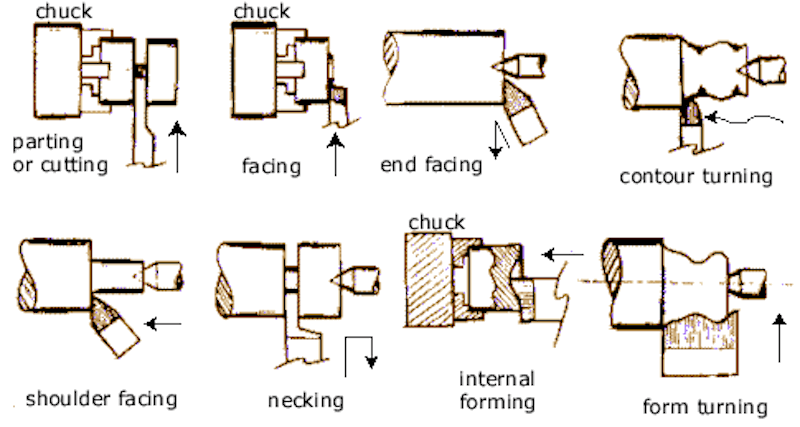
The facing process
This CNC operation allows you to flatten certain areas of the material workpiece. You can use this process to flatten the end faces of cylindrical workpiece material for the best mating or sliding compatibility with other materials. You can also use this process to create bearings for various industrial applications.
Types of Turning Operations – Parting
You can use this operation to separate the workpiece blocks into several components. It is the method to produce the same components from one material block. You can automate this rapid manufacturing process and make the production process more efficient.
Grooving
Grooving has the primary function of producing grooves or channels around the workpiece material’s circumference. It has the effect of enhancing the product’s aesthetics. You can also use this technique to part off individual components and make snap rings from the workpiece material.
Types of Turning Operations – Reaming
This turning process will help refine the accuracy of the existing holes on the material workpiece. It will also provide more precision and accuracy for the existing holes. You can use reaming to enhance the appearance of the surface polish for the areas around the existing holes.
Tapping
It is the operation that has the primary goal of producing internal screw threads on a pre-drilled hole. It can create screw threads that will follow international standards. This process is essential for any assembly and disassembly operations in various industries.
Types of Turning Operations – Knurling
You will use knurling to create or enhance the grips on the material workpiece per the blueprint design. It allows you to apply various textured patterns around the grip area for the best ergonomic comfort. You will use this process a lot in the manufacturing of handles, knobs, special custom made keychains and other grip-enhanced tools.
These primary turning operations work hand in hand in any CNC manufacturing process. Combining these operations can produce different aspects of the final products that follow the laid-out design blueprint. These processes are also essential for the subsequent assembly operations within your production plan.
Additional Types of Turning Operations
The regular turning technique might not be enough to complete specific tasks on the material workpiece. The broader or additional turning operations can handle tasks you can’t complete with the regular turning technique. These additional turning techniques will complement the regular turning technique. Here are the additional turning operations in CNC manufacturing:
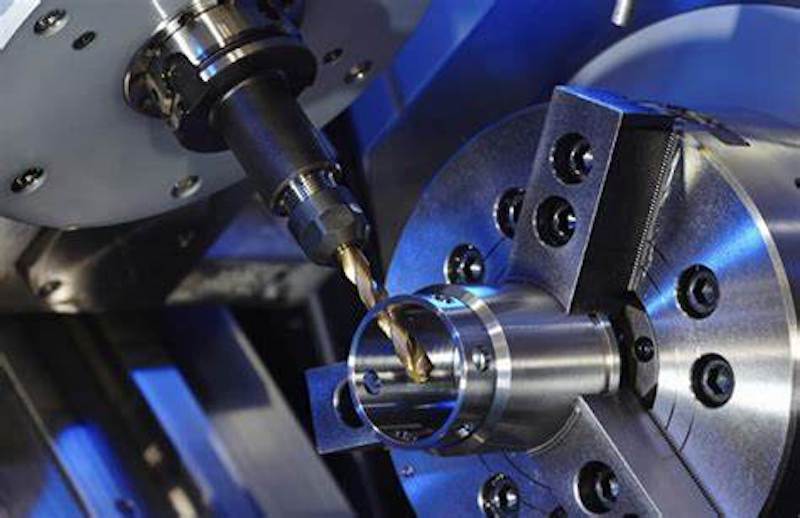
Taper
When the material workpiece’s surfaces have differing diameters, taper turning can create gradual slopes between these diameters. The process happens by positioning the cutting tool and the workpiece materials at a certain angle. CNC taper turning will reduce the diameter of the cylindrical material workpiece until you achieve the precise dimensional measurement as needed.
Types of Turning Operations: Step
You can use step turning to create various steps with different diameters for the material workpiece. This CNC turning operation will help produce the step-like feature for the final product when necessary. A chuck is essential to hold the material workpiece, while the cutting tool will create the steps as needed. You can use the automatic motor or your hand to move the cutting tool.
Chamfer
Chamfer turning can help polish the rough edges of the material workpiece. Also, you can use CNC chamfer turning to smooth the sharp transitions around the material workpiece. This operation is essential to use after thread cutting to ensure a smooth insertion for the threaded components later.
Types of Turning Operations: Contour
The CNC contour turning allows you to create contours on the surface of the material workpiece. It uses the contouring tool that goes through the surface of the material workpiece in several passes. It follows the specific programming commands as dictated by the primary design blueprint. This process will sculpt the material workpiece to create specific contoured shapes.
With the limitless design varieties you can apply, additional turning operations become essential in your manufacturing production. The additional turning operations give you the design advantages that regular turning can’t provide. Sometimes, you must apply additional turning operations for specific applications that require different product diameters or cylindrical shapes.
Conclusion
As an essential part of CNC manufacturing operations, CNC turning gives you various options to work on your project. It uses the CNC lathe tools to work on different parts of the material workpiece and create the shapes based on your design blueprint. The primary and additional turning operations offer distinctive advantages for the final product you aim to produce with this process. You can also integrate other CNC manufacturing operations with CNC turning techniques to achieve even more precision for the final products. TEAM Rapid applies CNC turning in making rapid prototypes, small volume parts, and mass production, contact our team today to request a free quote now!

